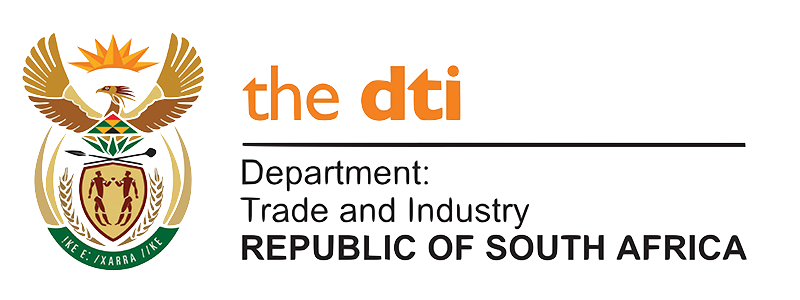- Home
- |
- Geography (climate, wildlife and flora, provinces, population)
South Africa is a vast country located at the southern tip of the African continent, where more than 60 million inhabitants from various cultures live. With a total land area of 1.221.037 km², South Africa is larger than Germany, France and Italy together.
The country has around 3.000 km² of coastline, on the Atlantic Ocean in the west, and the Indian Ocean in the east. The south-east coast is warmer due to the Agulhas current coming from the Equator, whereas the Atlantic shore is colder because of the icy current of Benguela coming from the Ocean. The difference in temperature of these two currents explains the differences in plant life and climate between the east and west of the country. In the North, South Africa shares a border with Namibia, Botswana, Zimbabwe and Mozambique. Two small independent countries are landlocked within South Africa: Lesotho and Swaziland.
South Africa can be divided into two main geographical regions: an inland plateau and a coastal plain. They are separated by a high escarpment, comprising of hills and mountains, including the famous Drakensberg which reaches 3.482 meters at its highest point.
Climate
Because South Africa is surrounded by oceans, it has a rather temperate climate, even though major differences in climate can be observed from one region to the next. Kwazulu-Natal has a sub-tropical climate with high humidity in summer. The southern part of Gauteng has hot summers with occasional rainstorms, whereas the northern part has mild winters. The Eastern Cape has a Mediterranean climate, with hot, dry summers and cold, moist winters. The South African climate is generally mild all year round, with average rainfall of 500 mm – compared to a world average of 857 mm. Seasons are the opposite of Europe: the South African summer goes from October to March. At that time of the year, temperatures range from 15°C to 35°C. Winter goes from April to September and temperatures can vary from 0°C or even less, to 20°C at mid-day.
Fauna and Flora
The great diversity of South African wildlife is one of the main tourist highlights. South Africa is host to the three largest land mammals: elephant, rhinoceros and hippopotamus. Of course, the famous “Big Five” – lion, elephant, leopard, buffalo, rhinoceros – are the pride of South Africa’s Natural Parks. But also boasts giraffes, antelopes, a vast marine fauna and a number of birds such as ostrich and black-footed penguin.
The South African flora is as diverse as the country itself. South Africa’s plant life alone represents one tenth of the world’s botanic heritage, with some 25.000 species. The area around Cape Town, hosts 8.500 different plant species, including 2.500 just in the Cape Peninsula and 5.000 which are not found anywhere else on the planet.
Administrative mapping
South Africa has nine Provinces: Eastern Cape, Free State, Gauteng, Kwazulu-Natal, Limpopo, Mpumalanga, North West, Northern Cape and Western Cape. The North West Province is the largest in size, but it is the least populated. Even though Gauteng is the smallest Province, it generates one third of the country’s GDP.
Population
The South African population is currently over 60 million inhabitants. The diversity of South Africa’s people is one of the country’s undeniable assets.
The southern part of Africa is considered to be the cradle of humankind. Hominidae were living in this part of the world 3 million years ago. The first inhabitants of what is now South Africa were the San, who were hunters. 2.000 years ago, they became cattle raisers, getting their animals from the Bantu people coming from the north. The Khoi, who bore physical resemblance with the San, migrated to the west coast. They were the ones whom the Dutch found when they landed in South Africa. In the east, Bantu tribes of the southern bank of the Limpopo River also migrated to the south. The Nguni (Zulu, Xhosa, Swazi and Ndebele) occupied Kwazulu-Natal and the Eastern Cape. The Sotho (from the north and south) and Tswana lived in central regions, whereas the Venda, Lemba and Shangaan-Tsonga remained in the north of the country. However urbanisation has greatly changed this historical distribution of peoples in South Africa.
As the Dutch presence kept growing, slaves from the Far East and Madagascar gave birth to mixed race communities, mainly located in the Western Cape and Northern Cape. Plantation workers who came from the Indian subcontinent in the middle of the 19th century settled on the east coast. The white population grew quickly throughout the 19th century with the arrival of the British and, later, gold diggers trying to make their fortune in mines.
Nowadays, 79.5% of South Africans define themselves as African, 9.2% as white, 8.9% as mixed race and 2.5% as Asian.








